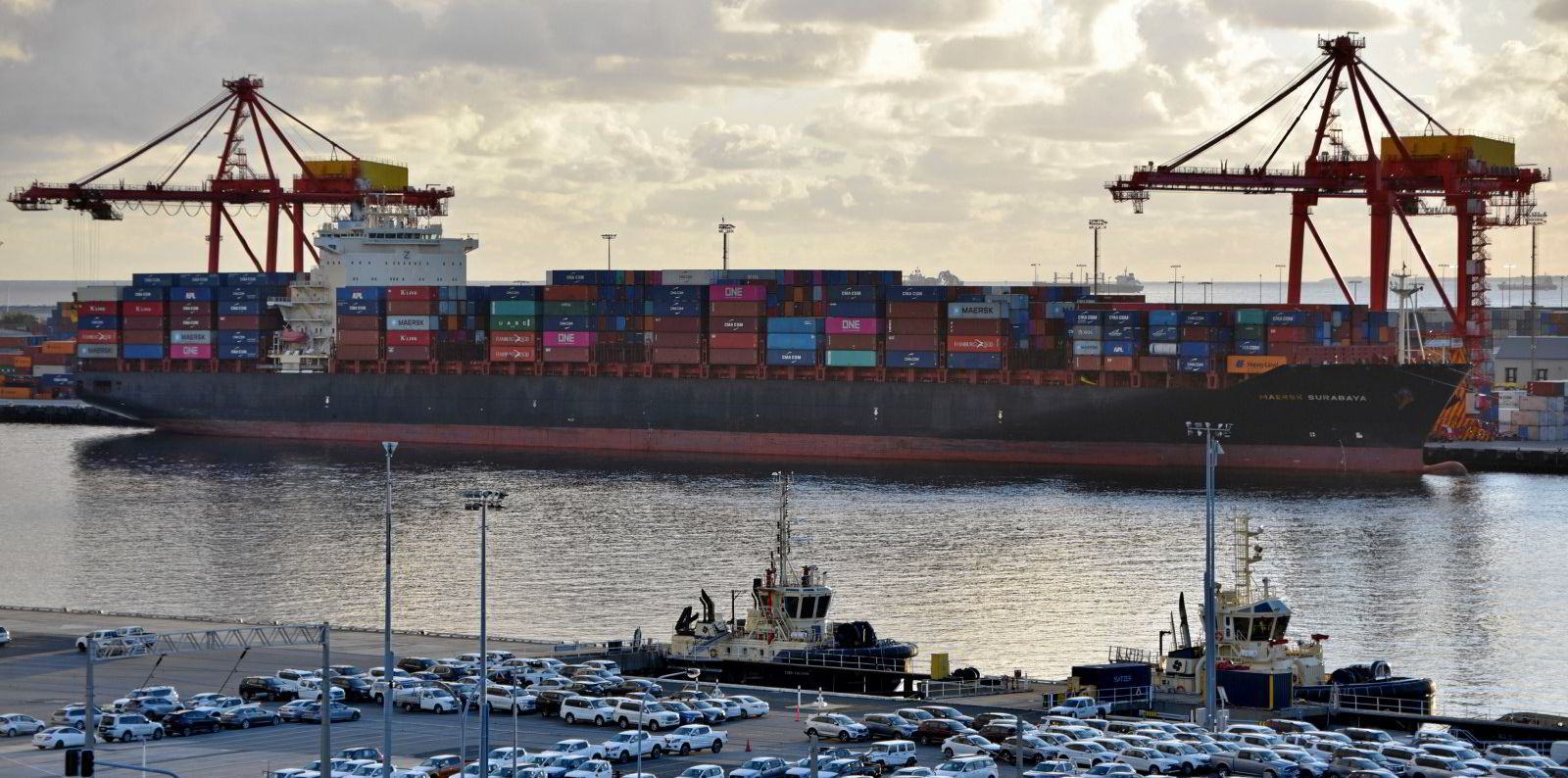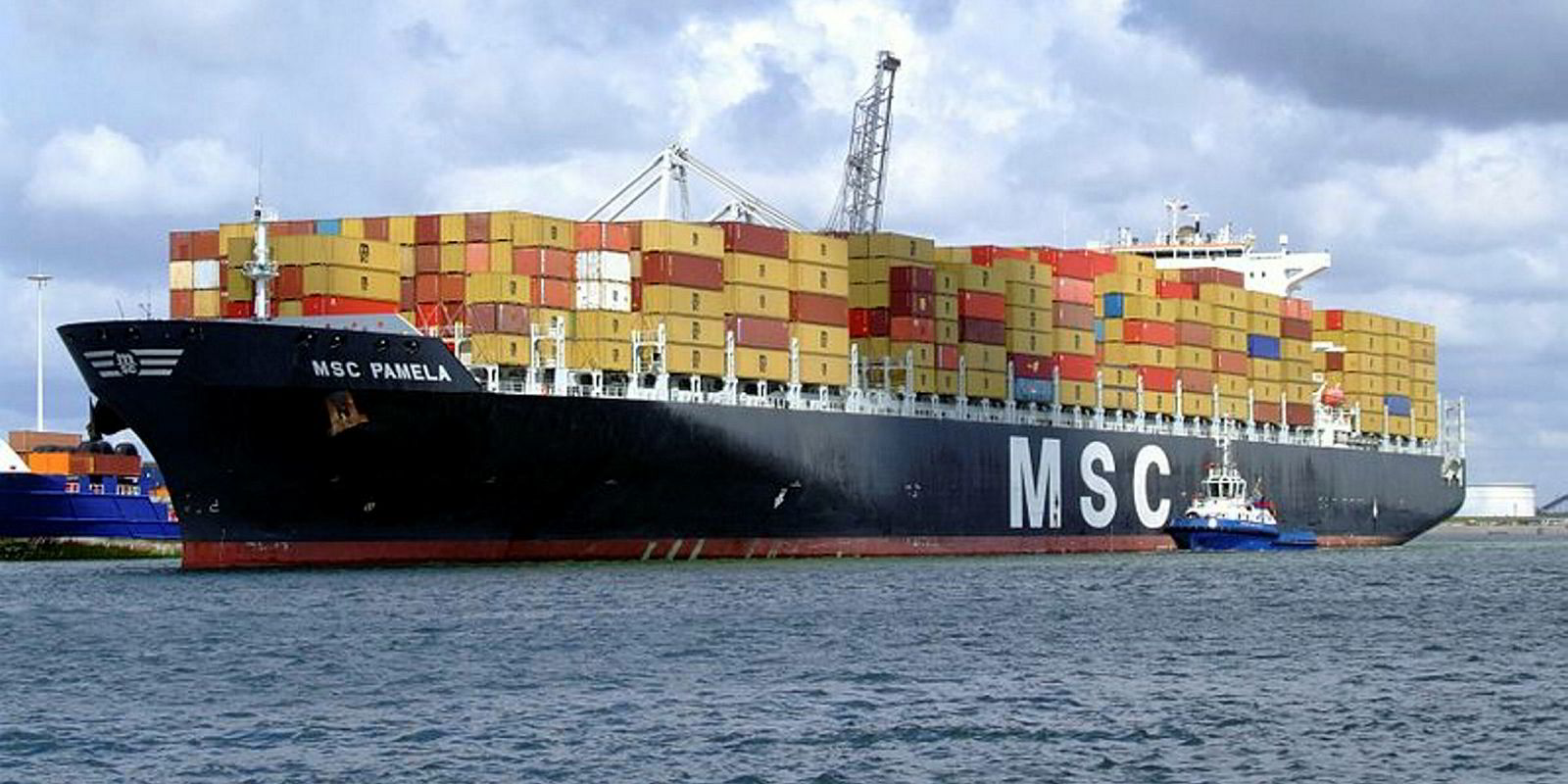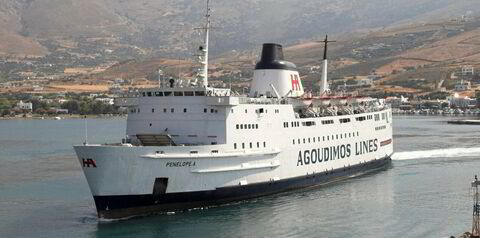The captain of an AP Moller-Maersk containership has been arrested and charged in Australia after his ship allegedly severed a subsea cable.
Authorities have accused the 8,400-teu Maersk Surabaya (built 2006) of damaging the Australia Singapore Cable off the West Australian coast in early August.
The Australian Federal Police (AFP) said the charges against the ship’s master were believed to be the first prosecution by the AFP for this alleged offence.
A section of the subsea communications cable in the Perth Submarine Cable Protection Zone was disabled on 1 August causing AUD 1.5m ($1.07m) worth of damage.
“An investigation by AFP officers in Western Australia and Victoria has resulted in the arrest of the 59-year-old Ukrainian national,” the AFP said.
Police said the ship had been anchored about 500 metres from the protection zone, and allegedly dragged its anchor through the area in high winds, snagging and damaging the 20-metre-deep cable.
The captain has been charged with engaging in negligent conduct as the master of a maritime vessel, which resulted in damage to the cable, in violation of the 997 Telecommunications Act.
The offence carries a potential maximum penalty of three years’ imprisonment and an AUD 40,000 fine. The master was granted bail with strict conditions and is currently in a Covid-19 hotel quarantine.
AFP detective superintendent Graeme Marshall said damage to a subsea cable could have serious financial consequences for both the cable operator and customers who experience reduced connectivity and data access.

“The protection zone is clearly marked on maritime charts and all vessel masters should ensure vessels operate in a manner which does not interfere with critical communications infrastructure,” he added.
The Australian Singapore Cable is a fibre cable system stretching 4,600 km between Perth and Singapore, with connections to Christmas Island and Indonesia.
The break impacted services passing into and out of Perth, while services between Christmas Island, Jakarta and Singapore remained operational.
Australian telecommunications company Vocus Communications, which operates the cable, said the 12,184-gt cable repair vessel CS Reliance (built 2001) was located nearby off the coast of Perth, allowing it to be rapidly deployed to commence repairs on the cable.
“After obtaining all the required permits and approvals, the CS Reliance began repairs on Thursday 5 August — just four days after the break occurred,” Vocus said.
Scuba divers and a remotely operated vehicle were deployed to identify both ends of the cable break. The faulty segment, which was several kilometres long, was then removed from the water.
By Monday 9 August, just four days after commencing repairs, the south side of the break had been spliced, while a section of new cable was laid toward the north end of the break.
Bad weather in the region slowed repairs as the CS Reliance temporarily anchored for the safety of the crew, with repairs recommencing on 11 August.
“Because the CS Reliance was already in the area, repairs were conducted in record time — a major effort that normally would take months was completed in just 13 days,” Vocus said.
TradeWinds has contacted Maersk for comment.





